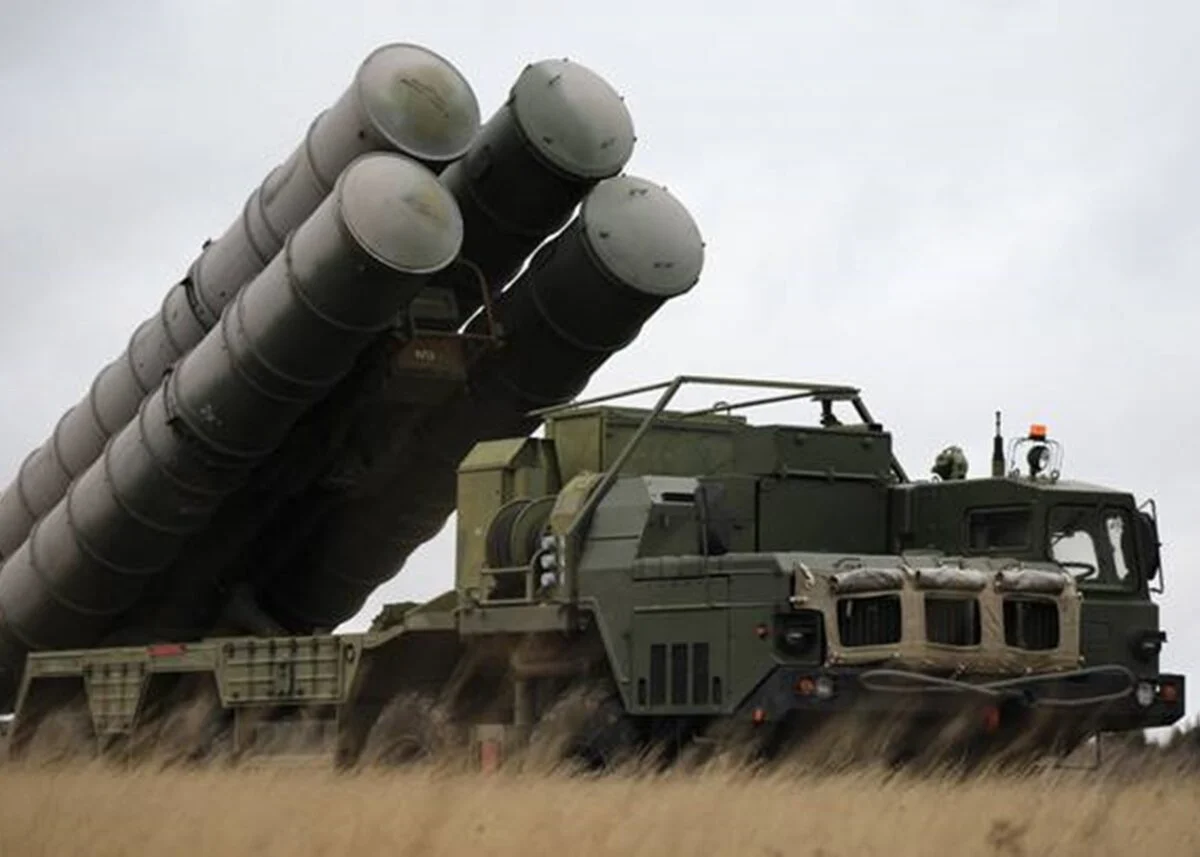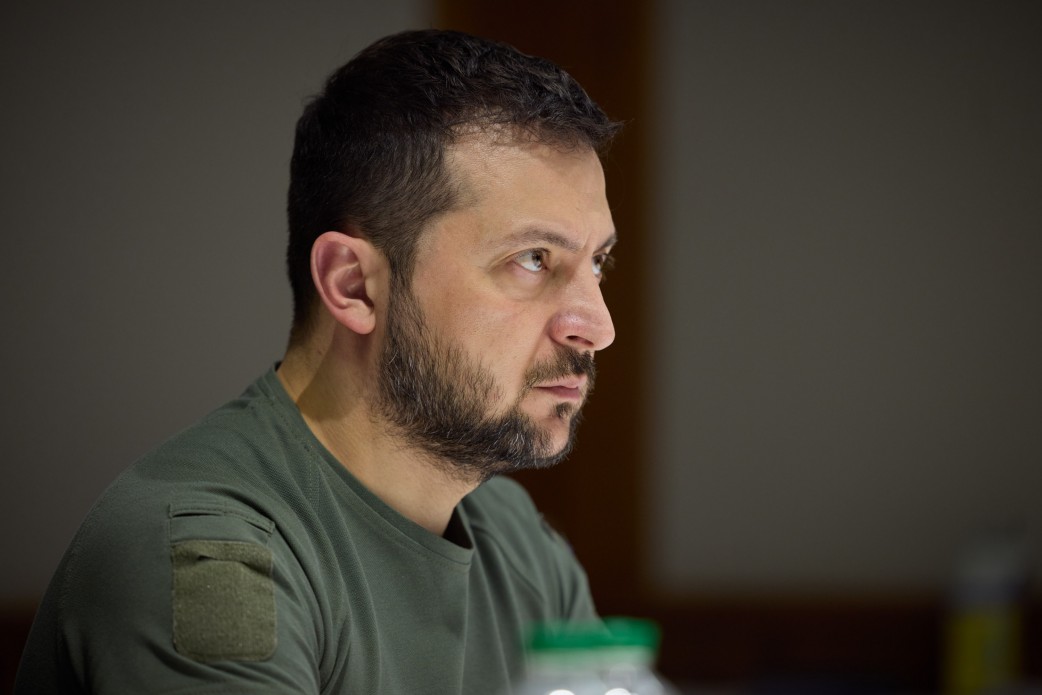In response to an uptick in Ukrainian missile and drone strikes, Russia is rapidly adopting new air-defense measures to protect critical infrastructure and domestic sites, Forbes reports. This shift reflects the growing strain on Russia’s air defense systems, which are being stretched thin by the ongoing war.
Ukraine has intensified its strikes on Russian targets using a combination of advanced Western-supplied missiles and domestically produced drones. The approval to use American ATACMS and British Storm Shadow missiles has significantly increased the range and precision of Ukrainian attacks. This escalation, a reaction to Russia’s continued bombardment of Ukrainian civilian infrastructure, has forced Russia to reassess its air defense strategy.
While Russia’s air defense network includes modern systems like the S-500 Prometheus and S-400 Triumf, it relies heavily on upgraded Soviet-era technology, such as the S-300 series. These systems employ a layered strategy, providing overlapping coverage to counter various airborne threats. However, the demands of covering a 600-mile front and sustaining heavy losses—274 systems were reportedly destroyed, according to Oryxspioenkop.com—have left Russia struggling to maintain adequate coverage.
Additionally, Ukraine’s evolving drone and missile technologies are outpacing Russia’s older systems.
“Military technology is a constant cat-and-mouse game,” Forbes defense correspondent Vikram Mittal explains, with Ukraine’s innovations outmatching many of Russia’s Soviet-era defenses.
To address these challenges, Russia is employing unconventional measures alongside its traditional defenses:
- Sfera Drone Suppression System: Developed by the state defense corporation Rostec, this system aims to detect and neutralize Ukrainian drones over civilian areas.
- North Korean Air Defense Systems: Reports suggest Russia may be using systems similar to the Tor missile platform provided by North Korea. However, their deployment and effectiveness remain unclear.
- Anti-Drone Nets: Critical facilities have begun installing large metal nets designed to ensnare incoming drones and prevent them from reaching their targets. While a temporary deterrent, Ukraine is reportedly developing methods to counter these measures.
Mittal emphasizes that Russia’s new approaches are stopgap measures in the face of an intensifying Ukrainian offensive.
“Air defense has become a top priority for Russia, but the pressure from Ukraine’s growing arsenal of long-range missiles and advanced drones shows no sign of easing,” he notes.
As both sides continue to innovate and escalate, Russia faces an uphill battle to protect its domestic infrastructure while sustaining its war effort. Whether these new air defense strategies will prove effective remains uncertain as Ukraine continues to test the limits of Russian defenses with its expanding capabilities.
Read more:
- Ukraine hits peak strike rate on Russia as drone output tops 1.5 million
- Russia’s Ryazan oil depot on fire for second time in days (video)
- Frontline report: Russian tanks trapped in Kursk as dragon’s teeth bite back






